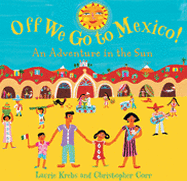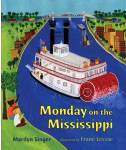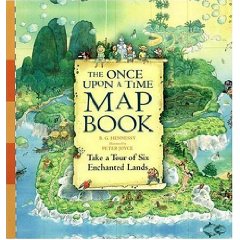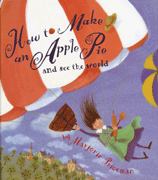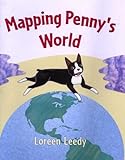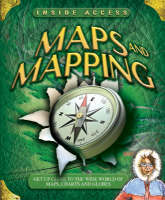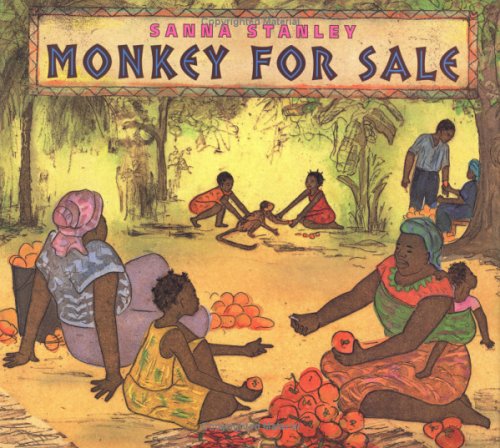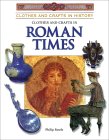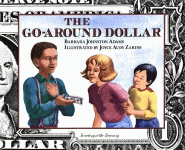Off We Go to Mexico! is a colorful book about the geography and culture of Mexico. It’s an engaging poem about taking a trip to Mexico and all the places one could visit and see. The writer, Laurie Krebs, does a perfect job of creating fun little poems about Mexican life and pairing it with simple Spanish words and phrases. Each page describes and illustrates a different attraction of Mexico through bright drawings with a cultural flair by illustrator Christopher Corr. Kids will love the detailed illustrations and the introduction to the Spanish language. For example on the page about the Mayan pyramids we have the poem,
We climb amazing pyramids from ancient Mexico
And wonder how they’re standing now
When built so long ago.
and then the corresponding Spanish words: “we climb – subimos, long ago – hace mucho tiempo” etc. Off We Go to Mexico would be a great book for a class with many Spanish speaking students to incorporate geography lessons and language lessons (even English language lessons).
The book covers about eleven different areas of Mexico before summarizing the information in the last pages with a map of the country with pictures and labels for each area previously discussed. This way kids can relate to the different places of Mexico and see where they are all located within the country in relation to each other. Also, the last pages of the book offer additional facts about modern Mexico, holidays, historical periods and a glossary for more Spanish phrases. All around an excellent choice of children’s literature to introduce the country of Mexico and integrate geography into reading.
Curriculum Connections
Off We Go to Mexico focuses mainly on Mexican culture and the many different places to see in Mexico. The map in the back brings all the information together and labels each area and it’s relative location in relation to cities and large geographic elements. It covers the VA SOL for Geography in 1-3rd grade. 1.4- recognizing basic map symbols, 2.5 – developing map skills by locating the equator and the seven continents, and 3.5 for locating different countries and historical areas on maps. The book could also be used to meet some language curriculum requirements for beginning level Spanish if supplemented by some additional lessons and practice.
Additional Resources
- The author Laurie Krebs writes many books about different countries and cultures. She often visits local bookstores and schools with workshops and talks, check out her programs here.
- Here is an entire unit curriculum for teaching about Mexico in the elementary classroom. It’s long, but you may want to check it out for one or several of the activities and ideas.
- You can provide a map of Mexico to color and discuss. This site includes some more facts about the physical geography of Mexico to tie in more of the curriculum.
Book: Off We Go to Mexico
Author: Laurie Krebs
Illustrator: Christopher Corr
Publisher: Barefoot Books
Publication Date: 2006
Pages: 32 pages
Grades: 1-3
ISBN: 1905236409

